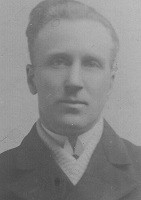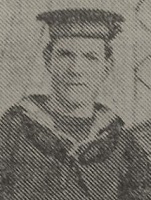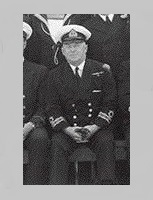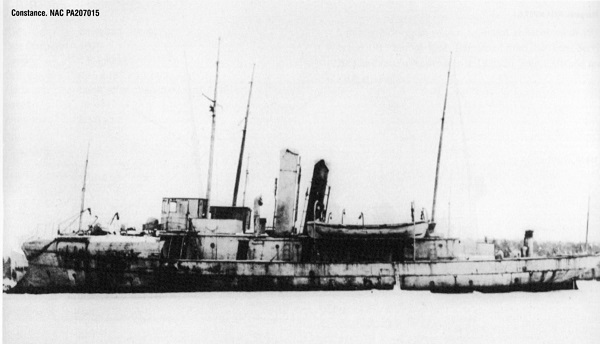|
HMCS CONSTANCE
The Constance was built in 1891 at the Polson Iron works in Owen Sound Ontario and was probably named for the grand-daughter the shipyard owner.
The ship was of composite construction with an elm keel, steel frames, steel watertight bulkheads, rock elm hull planking and pine deck planking. While this was part of the developing shipbuilding technology the design was what set the vessel apart. She had a reverse stem and a bulbous underwater bow giving the false impression that she was designed for ramming other vessels. A steel turtle back at the bow gave protection to the forecastle and enhanced the odd appearance. This was an advanced design for the period and the model was followed for two other ships the Curlew and the Petrel although the later boats had different dimensions and deck houses.
Constance was 125 feet long but less than 20 feet wide. Her 50 horse power engine gave a top speed of 11.6 knots. The ship, along with her sisters, was built for fisheries patrols in the Great Lakes but the Constance was transferred almost immediately to the Department of Customs and attached to the Customs Preventive Service to help address the problem of smuggling in the Lower St. Lawrence and Gulf areas. She was based for several years in Quebec where the photo above was probably taken. In 1912 the Constance, along with the Curlew and the Petrel (both of which had also been transferred to the east coast) were fitted with minesweeping gear and on the outbreak of war the three vessels were taken into naval service. HMCS Constance, armed with three machine guns, was used throughout the war for patrol and examination duties.
In 1919 she was sold to Wentworth MacDonald of Sydney. He was owner of the Margaree Steamship Company which had a number of vessels operating in the region, including services to Prince Edward Island ports. With the winding up of the Charlottetown Steam Navigation Company and the sale of its vessels Empress and Northumberland the Charlottetown-Pictou route was open. In early May of 1921 the Constance completed her first trip of the daily schedule with 29 passengers and twelve crew members. The Guardian reported that three automobiles had been scheduled to be taken on the ship but that the loading equipment had not been completed in time for the first trip. The Charlottetown agent for the service was Bruce Stewart and Company. Although designed for a crew of twenty-three when it was a customs patrol vessel the boat had limited accommodation for passengers. The deck houses were small and used for functions such as the chart room and galley. At the after end of the vessel, below the main deck was a saloon and a number of staterooms.
After a year it was apparent that the Constance had not proven satisfactory and in 1922 the route was awarded to the S.S. Magdalen although it was later complained that that vessel was not as good as the former customs cruiser. Wentworth MacDonald maintained his interest in the Pictou service and he was one of the founders and major shareholders in Northumberland Ferries which began the Wood Islands service in 1941. In 1922 the Constance, along with the Curlew (which MacDonald had also acquired) was operating on a service to Labrador
The Constance continued to operate from time to time in Prince Edward Island waters. By 1923 she was being used by the New Glasgow Tramway Company and was hauling barges from Nova Scotia to Charlottetown and Summerside with coal for use by the PEI Railroad. The following year the Constance performed moonlight excursion duties and carried the League of the Cross Band at the Charlottetown Yacht Club decorated boat parade.
The Constance, which had been Canada’s first Customs cruiser and declared surplus to requirements, was chartered back to the Customs Protective Service between 1926 and 1929 and was active in the fight against rum-running. Her history after 1929 in not known but the registry was not closed until 1966 although it is unlikely that ship was still afloat at that date. (Source: D.G.S. Constance – customs patrol boat and Charlottetown-Pictou steamer by Harry Holman)
Commanding Officers
Lt Robert Frederick Lawson, RCN - 11 May 1918 - unk
They shall not be forgotten
Photos and Documents
S.S. Constance circa 1930s
|






